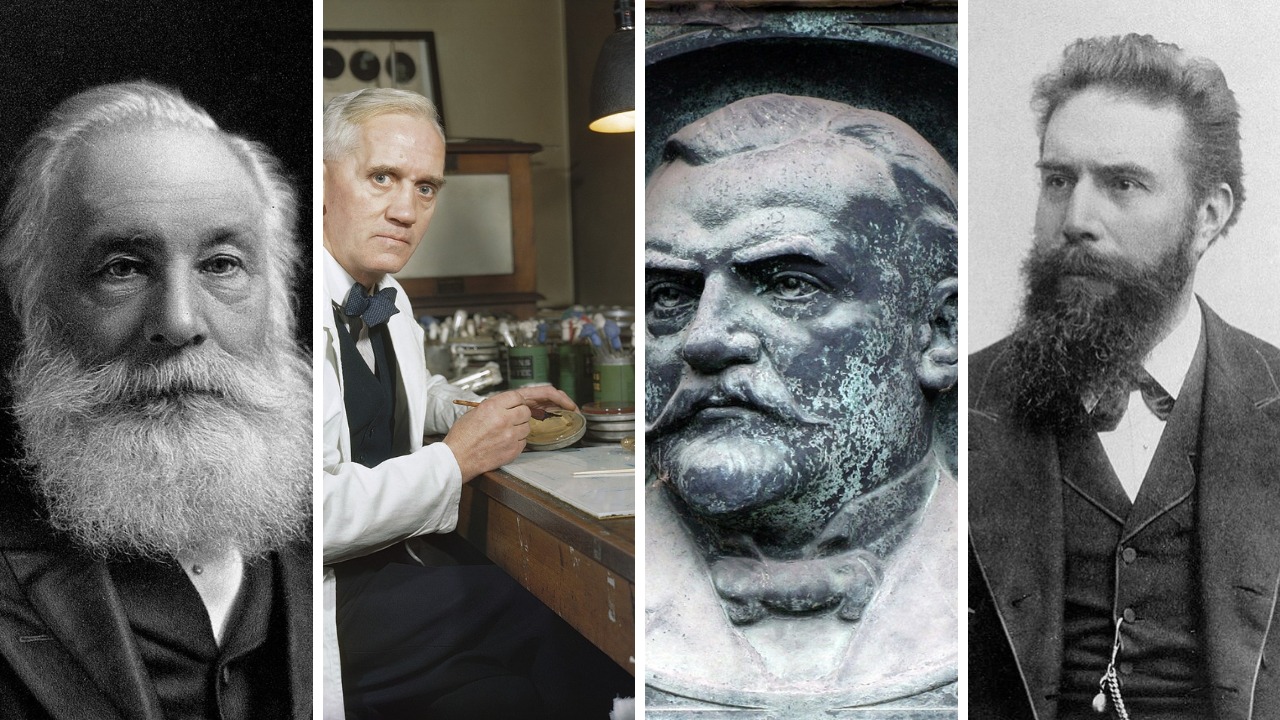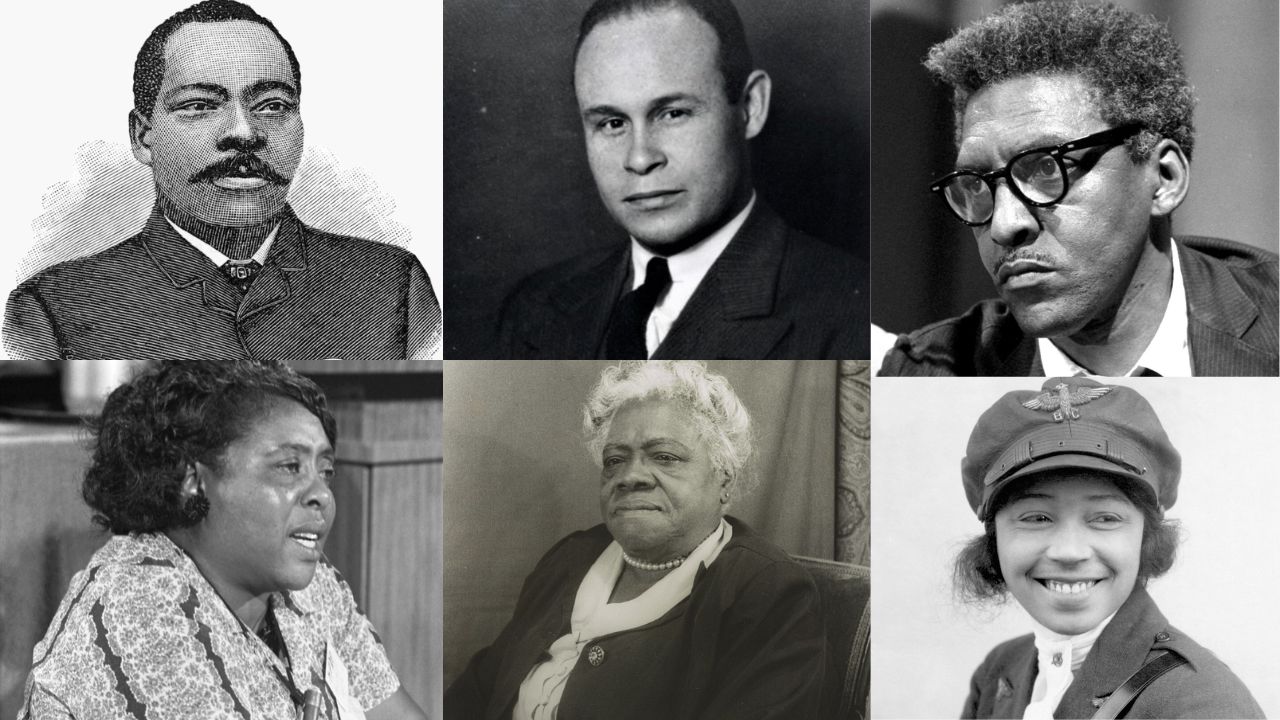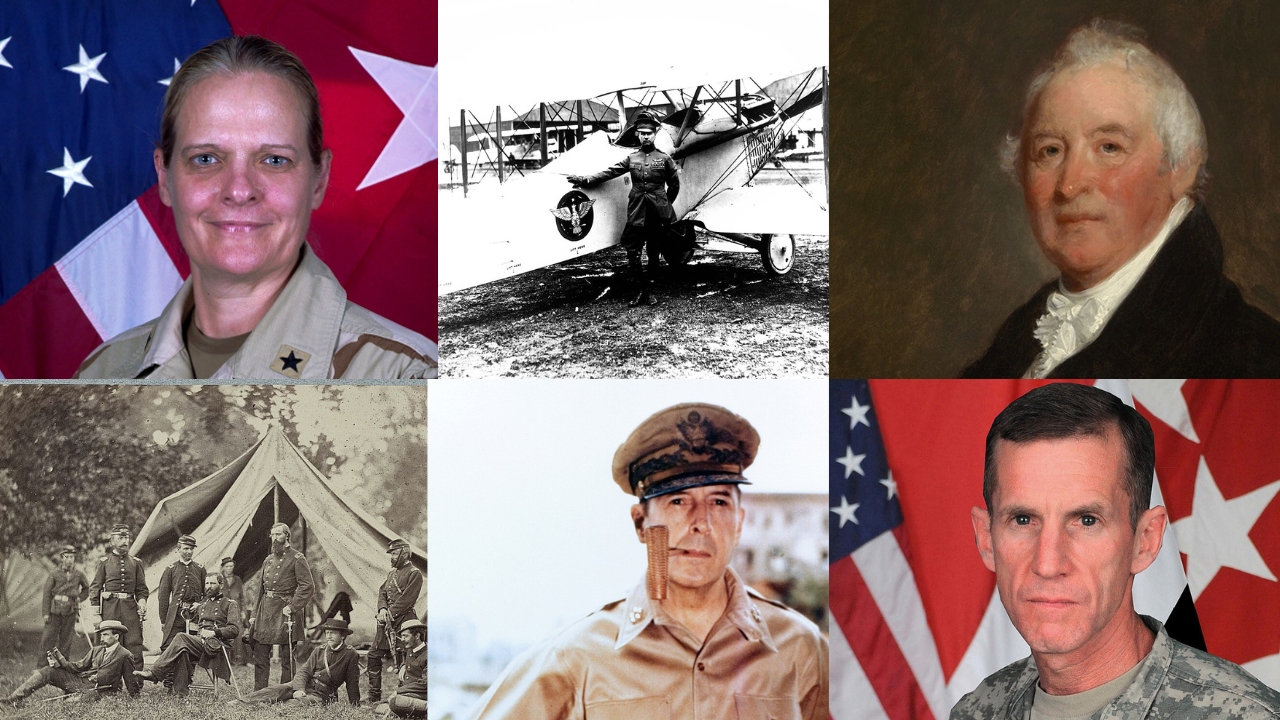Order helps science, yet history often rewards clutter, noise, and wrong turns. Benches piled with glassware and notebooks spattered with reagents have nudged insight forward when tidy plans stalled. An unplanned spill, a stubborn stain, or a strange background hiss can pry a problem open and keep it open. What this really means is simple. Curiosity beats pride, and a chaotic room can still lead to a clear result when someone pauses, looks closely, and asks why before cleaning up.
Penicillin In A Cluttered Petri Dish
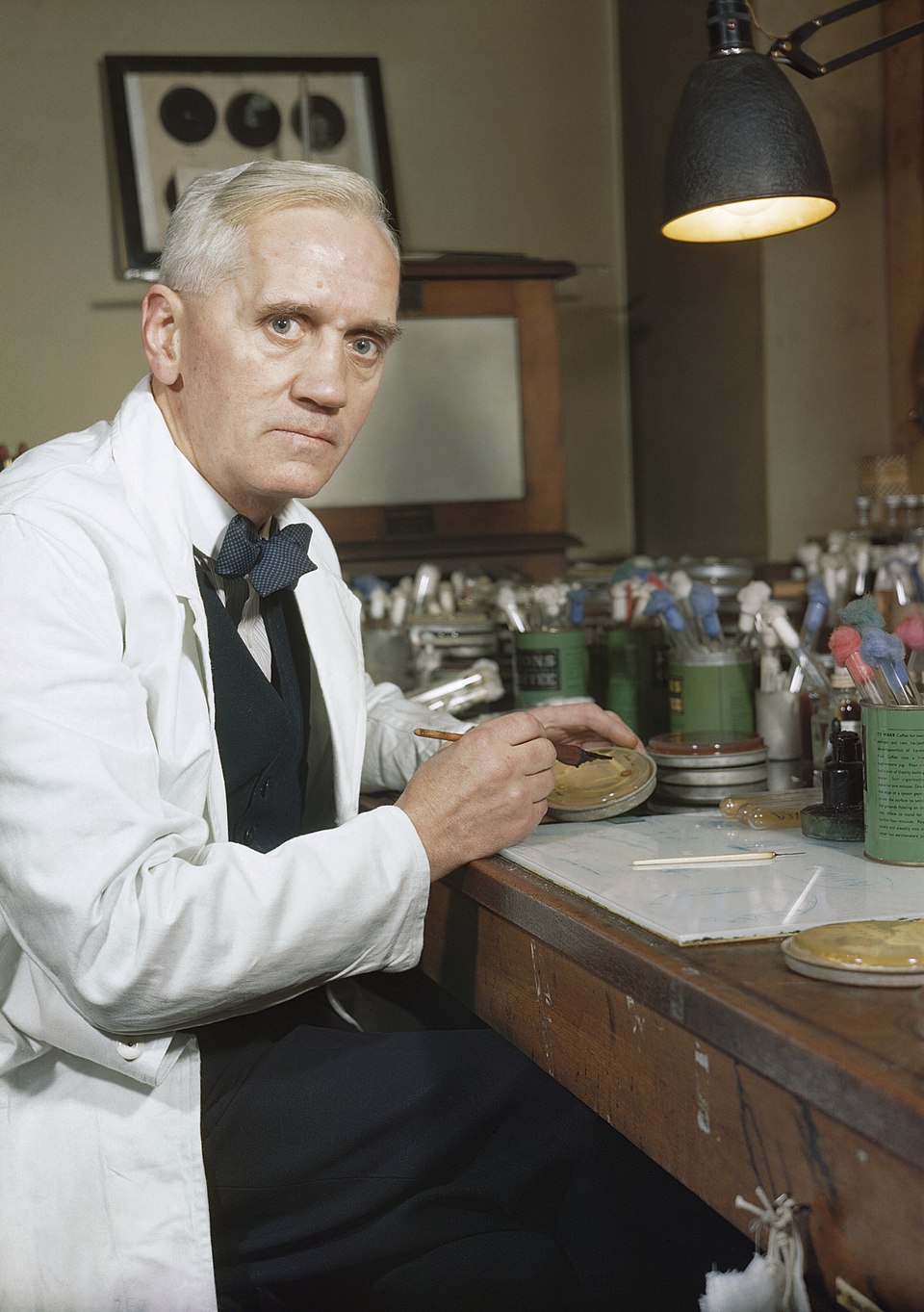
In 1928, Alexander Fleming returned to a bench dotted with unwashed plates and noticed a mold halo that killed nearby bacteria. Instead of tossing the dish, he isolated the fungus and studied the clean ring with care. The culture looked like a mistake and became penicillin, the first true antibiotic with power far beyond one lab. Years later, wartime production turned the finding into a lifesaver. The spark was a messy workspace paired with the habit of looking twice when something looked wrong.
Mauveine From A Failed Quinine Batch
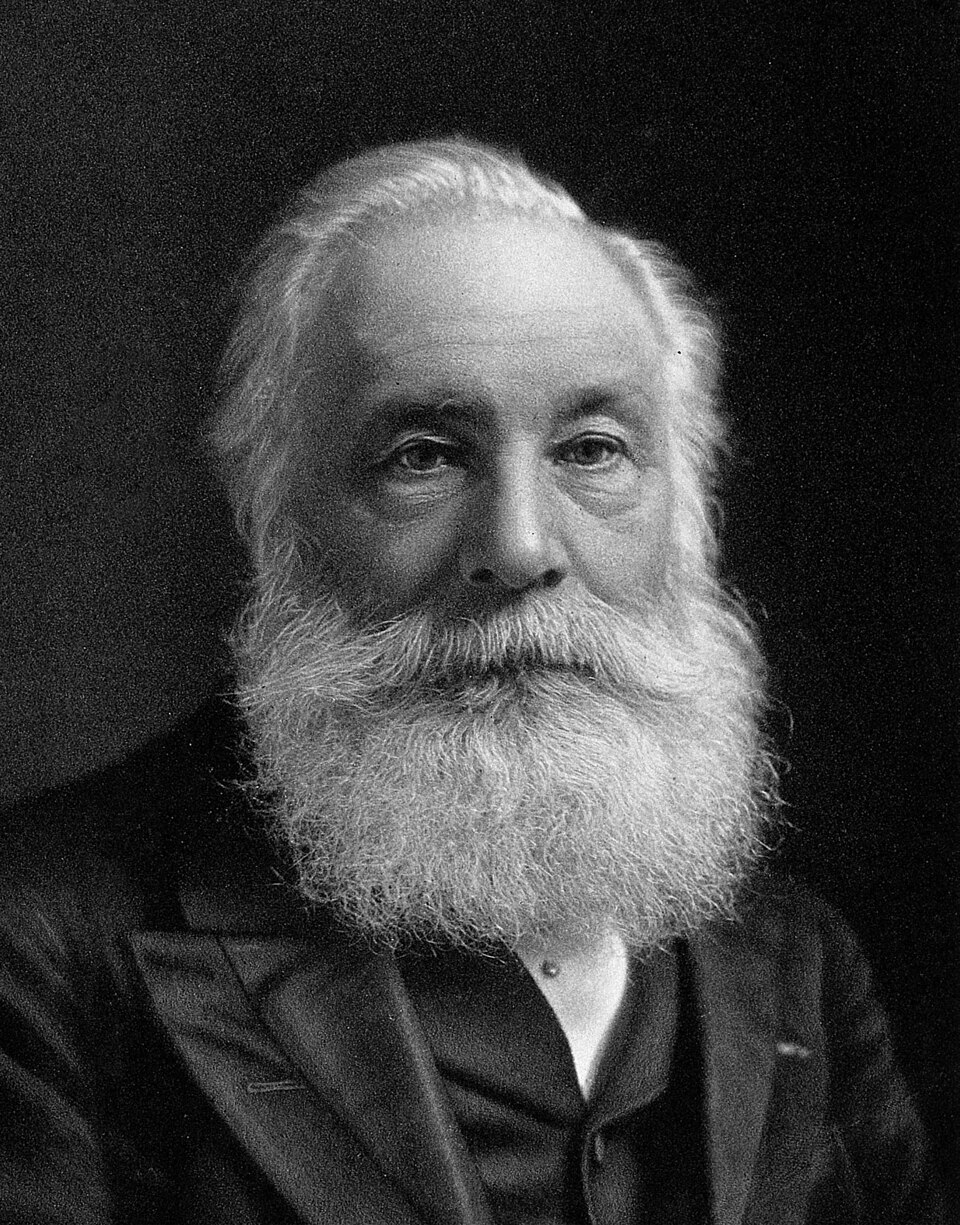
At age eighteen, William Perkin tried to synthesize quinine and ended with a dark sludge stuck to glassware. Rinsing the mess produced a vivid purple that clung to silk better than existing dyes. He filed a patent, built a factory, and launched the coal tar dye industry from what began as residue. Fashion shifted and chemistry gained a blueprint for organics. The turning point was simple. A failed reaction left a stain, and a young chemist tested the stain instead of scrubbing it away.
X Rays In A Dark, Crowded Workshop
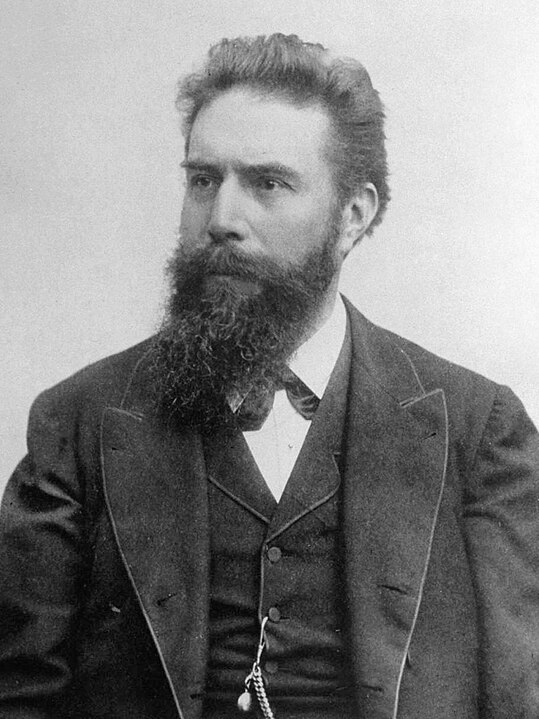
In 1895, Wilhelm Röntgen shielded a cathode ray tube with cardboard and dimmed a room packed with chemicals and screens. A forgotten barium platinocyanide plate glowed across the bench, far from the tube. He realized an unknown ray could pass through books and flesh, leaving bones outlined on film. With his wife’s hand on a photographic plate, he produced the first X ray image. The clutter helped place the plate in the right spot, and caution turned a stray glow into a new tool.
Phosphorus From A Very Odd Distillation
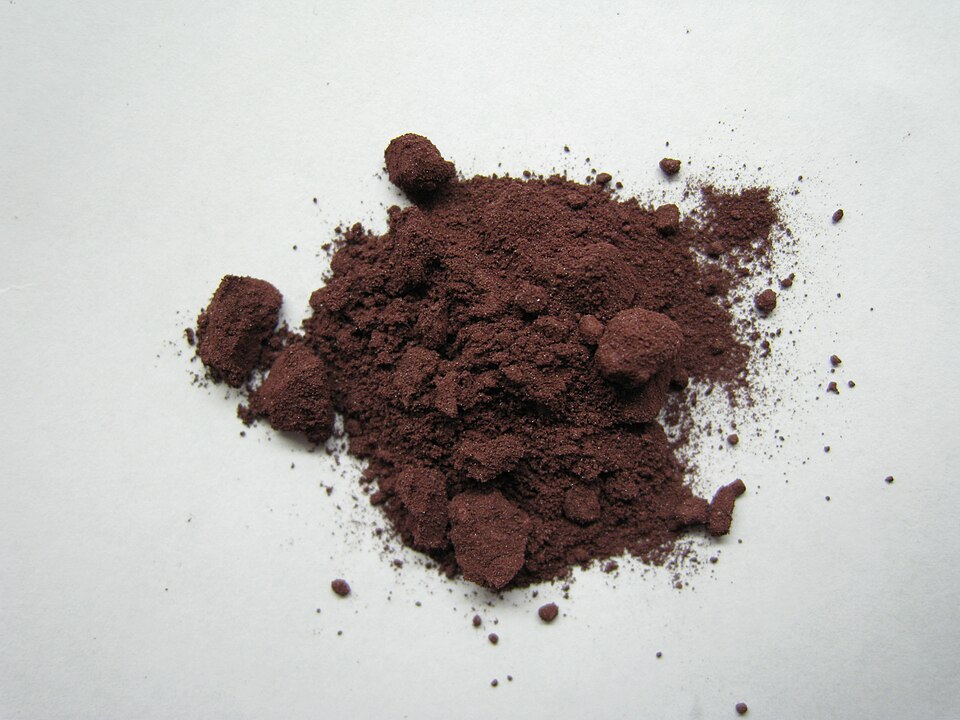
In the 1660s, Hennig Brand boiled down barrels of urine in a smoky workshop while chasing the philosopher’s stone. The foul distillation yielded a waxy solid that glowed in the dark and burned with fierce light. He had isolated phosphorus, an element Europe had never seen. The discovery traveled through alchemists, then into matches and fertilizers centuries later. The apparatus was crude, the method unpleasant, yet persistence to test every residue pulled a bright substance from waste.
Teflon Locked Inside A Frozen Cylinder
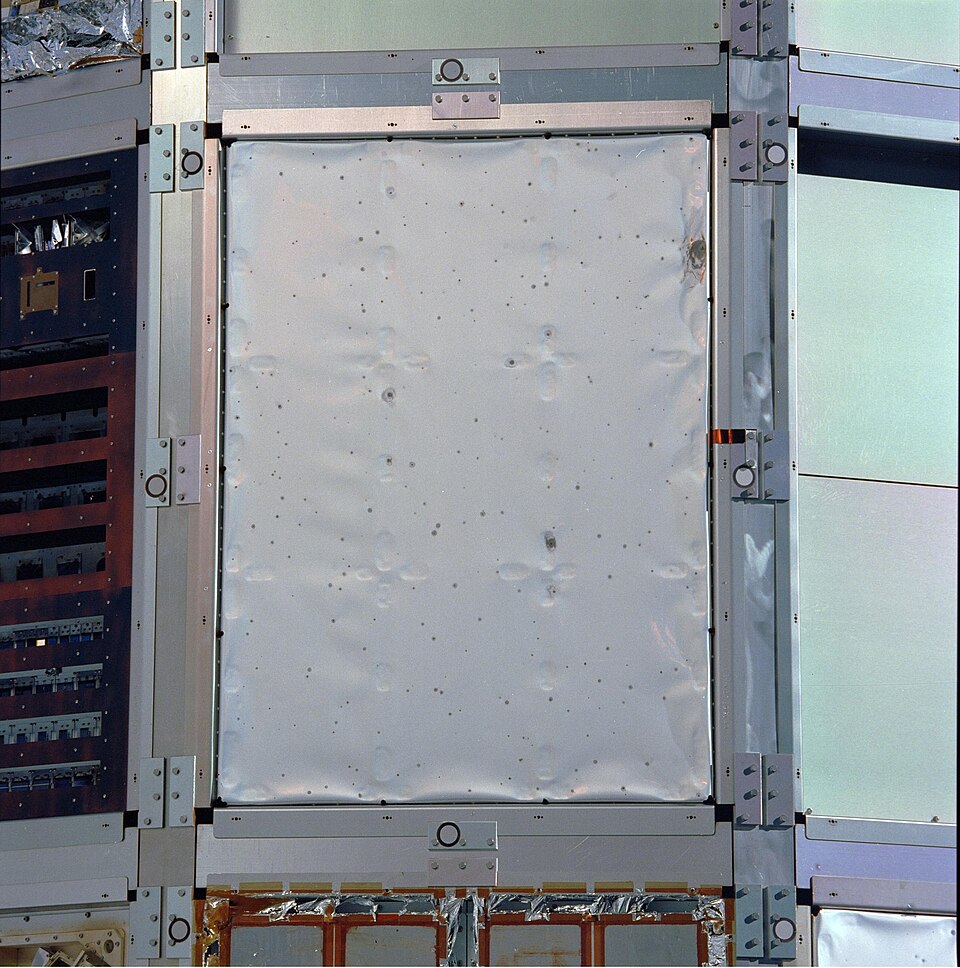
In 1938, Roy Plunkett stored tetrafluoroethylene gas in steel cylinders for a refrigeration project. One cylinder felt full yet released nothing. Sawing it open revealed a slick white polymer coating the walls. The material resisted heat and chemicals and became polytetrafluoroethylene, later called Teflon. A stuck valve, a puzzled engineer, and a dusty cylinder produced a surface that would coat pans and spacecraft alike. The breakthrough hid inside equipment that refused to behave as expected.
Saccharin After A Sloppy Dinner Break
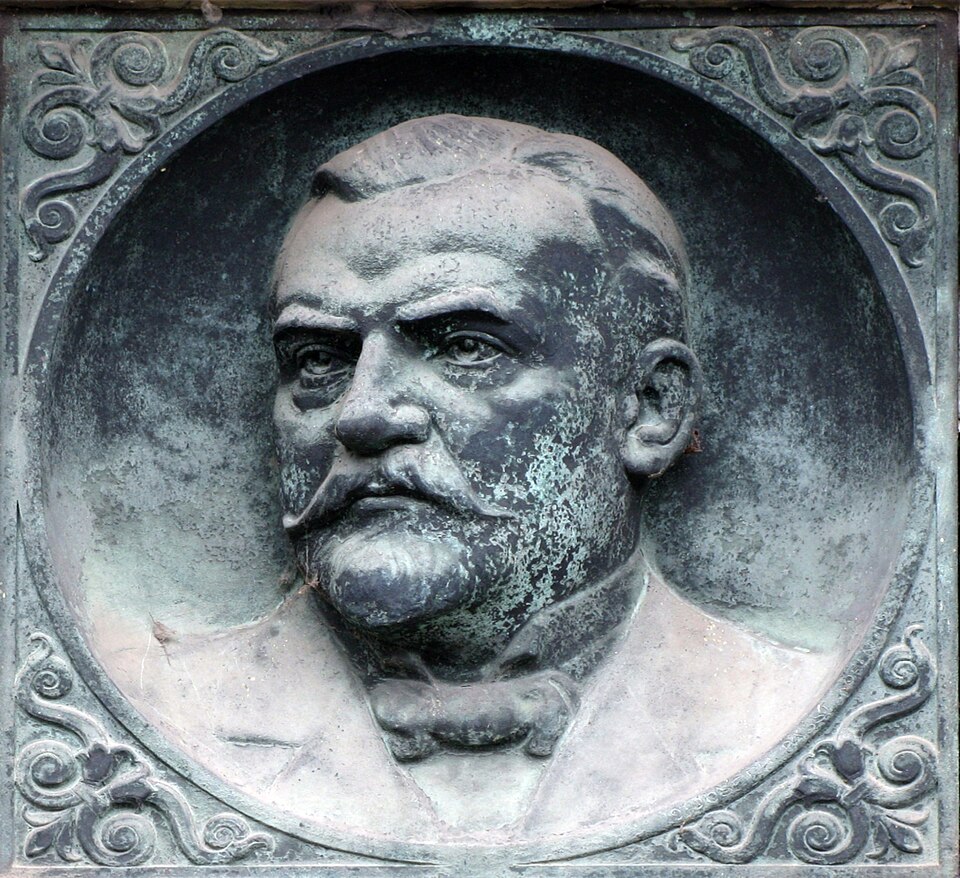
In the 1870s, Constantin Fahlberg worked on coal tar derivatives and noticed dinner bread tasted unusually sweet after returning from the lab. He traced the flavor to residues on his hands and glassware, then isolated saccharin, an artificial sweetener. The path from careless hygiene to global product is not a safety model, yet it shows how attention can turn embarrassment into data. He patented the compound, and a sweet aftertaste from a messy routine changed pantry shelves everywhere.
Cosmic Background From A Noisy Antenna
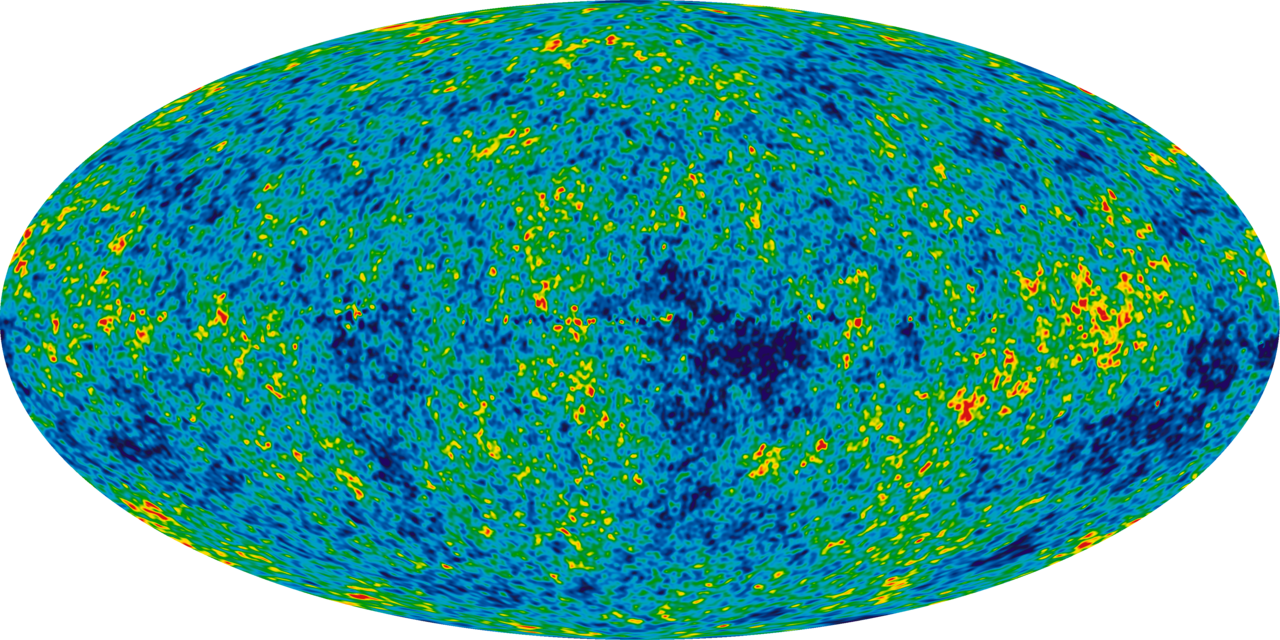
In 1964, Arno Penzias and Robert Wilson fought a constant hiss in a massive microwave horn. They cleared pigeon nests, scraped droppings, and checked every connection twice. The noise persisted at all angles and seasons. It was not interference; it was the cosmic microwave background, the afterglow of the Big Bang. Careful cleaning ruled out the ordinary and left only the sky. A filthy antenna helped map the first light in the universe by refusing to go quiet.
